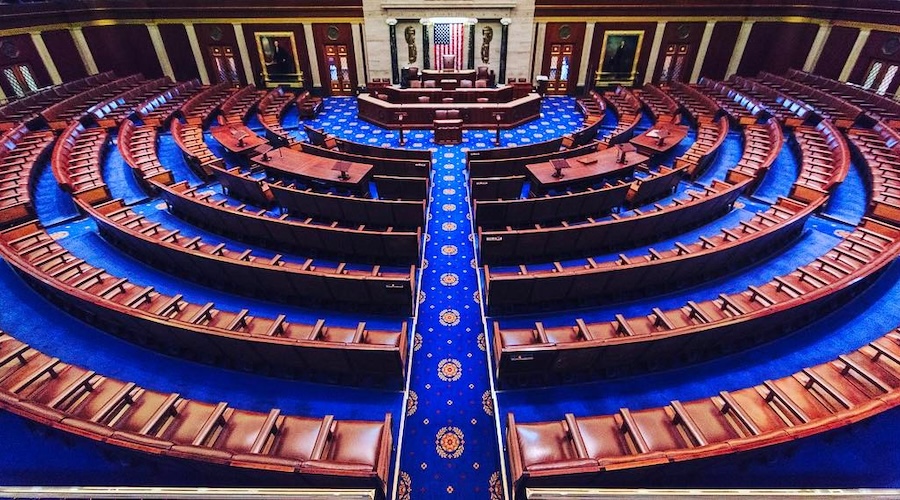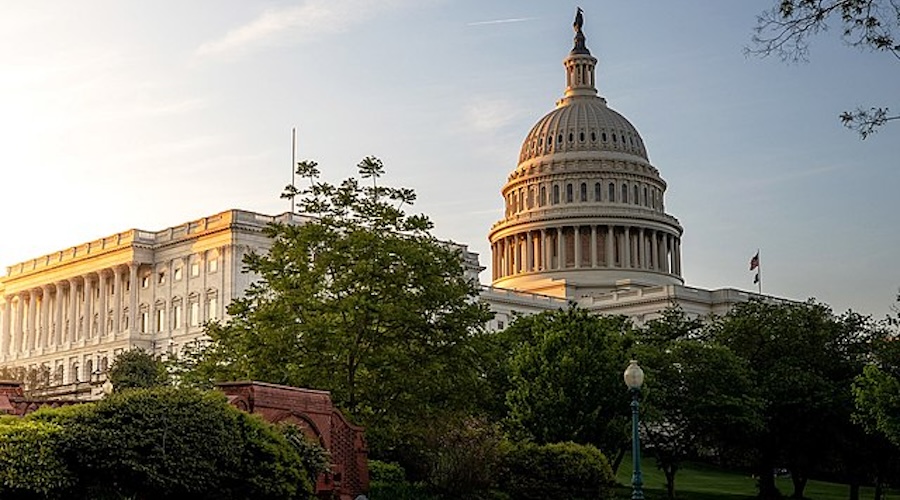
EB-5 “Investor” Visa: Corrupt to the Core
Fact Sheet - Tuesday, March 11, 2025
Federal Agency Oversight: DOS, USCIS
Dependents: Included in EB-5
The Basics:
-
Congress created the EB-5 program in 1990 to provide a path to permanent residence for wealthy foreigners who invest prescribed levels of capital in a new commercial enterprise.
-
EB-5 visa holders are granted conditional resident status based on their investment of $1,050,000 in a commercial enterprise. The commercial enterprise in which they invest must create at least 10 full-time jobs for any person legally authorized to work in the United States, including other visa holders, but not including their immediate family members.
-
The capital investment requirement is reduced to $800,000 if the investment is made in a designated “Targeted Employment Area” (TEA). A TEA is defined as a rural or high-unemployment area, though creative designations allow for much of the United States, including Manhattan, NY, to be covered.
-
Once the alien investors have made their investment and created the jobs, they can apply for Lawful Permanent Resident (green card) status, but they must maintain the commercial enterprise and the jobs they created until a green card becomes available.
-
The 10,000 annual EB-5 green cards are allocated as follows: 20% are reserved for qualified aliens who invest in a rural area; 10% are reserved for qualified aliens who invest in a high unemployment area; and 2% are reserved for qualified aliens who invest in infrastructure projects. The remaining 68% are unreserved and are allotted for all other qualified aliens.
-
There is no green card backlog for any of the reserved EB-5 visas, but there is a backlog for Chinese and Indian investors seeking the unreserved green cards.
-
In 1992, Congress expanded EB-5 by allowing Regional Centers, where foreign investors could pool project resources to create direct or “indirect” jobs. EB-5 thus offers two paths for foreign investors and their families: direct investment in a new commercial enterprise or investment in a Regional Center.
-
Most foreign investors choose to invest in a Regional Center, and as of February 2025, there were 547 approved regional centers.
-
The majority of Regional Centers are in TEAs, so the investment required is just $800,000.
-
In 2022, Congress further reduced the requirements for EB-5 visa holders in a massive appropriations bill. These changes include:
-
Allowing investors associated with a terminated Regional Center to continue to be eligible for EB-5 status under certain conditions, rather than their eligibility terminating with their qualifying investment; and
-
Reducing the foreign investment sustainment period to two years as opposed to the prior requirement for sustainment through the EB-5 holder’s conditional residency. This means the alien will be granted a green card even if the enterprise he invested in collapses or goes bankrupt after two years.
The Problem:
-
EB-5 sells green cards to wealthy foreign nationals and, predictably, has attracted as much waste, fraud, and abuse pound-for-pound as any immigration program in the system.
-
It is impossible to vet a foreign alien effectively when the eligibility criteria are pecuniary, and USCIS has no idea how to manage what is essentially an investment program.
-
It has also proven near impossible to trace where the money for the investment originates and whether its origins are criminal or noncriminal.
-
EB-5 is used to lure foreign investors into boondoggle public projects in the states.
-
In Vermont, EB-5 is responsible for the largest criminal fraud case in its history.
-
In South Dakota, EB-5 fraud led to criminal charges and a suicide by a connected cabinet official.
-
The program encourages fraud and theft, not investment and growth for Americans.
-
Reuters in 2010 reported: “[T]housands of immigrants have been burned by misrepresentations” and “[m]any have lost not only their money but their chance at winning U.S. citizenship.”
-
Run-of-the-mill fraud is common in venture capital and investing, and the promise of U.S. citizenship has turned EB-5 into a cesspool.
LEGISLATIVE RECOMMENDATION: The EB-5 visa category should be abolished. Congress should replace the entire employment-based visa system with a truly merit-based system designed to allow America to choose a limited number of aliens who are most likely to prosper, generate jobs and wealth for Americans, and become patriotic Americans.
ADMINISTRATIVE RECOMMENDATION: Until Congress can legislatively abolish the program, the president and DHS should pause all EB-5 activity under 1182(f) until the conclusion of a full audit of the program and all approved Regional Centers. All TEAs should be placed on probation pending a review of their status.
Download Fact Sheet

Fact Sheet - H.R. 1: The One Big Beautiful Bill Act – Immigration Provision Summary

Fact Sheet - The U.S. Immigration System

Fact Sheet - E-Verify: Eliminating Illegal Immigration’s Primary Pull Factor

Fact Sheet - FY26 House DHS Appropriations Bill -- Adopted Immigration Amendments
